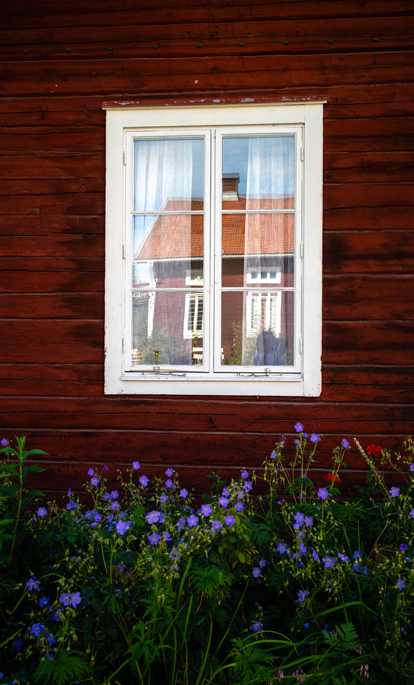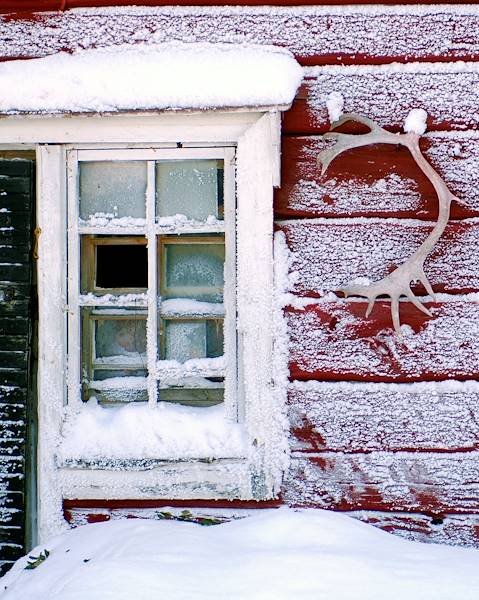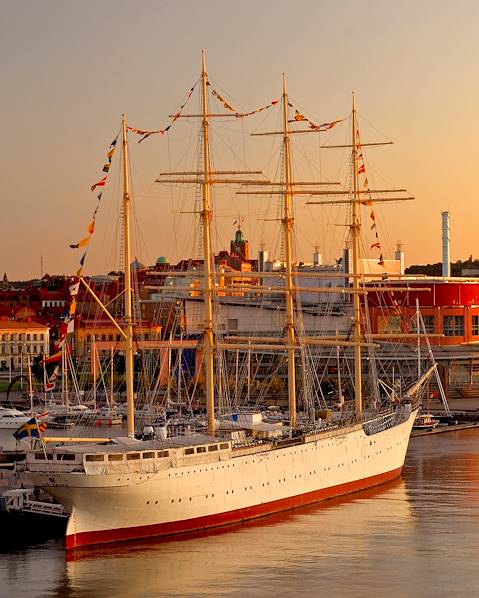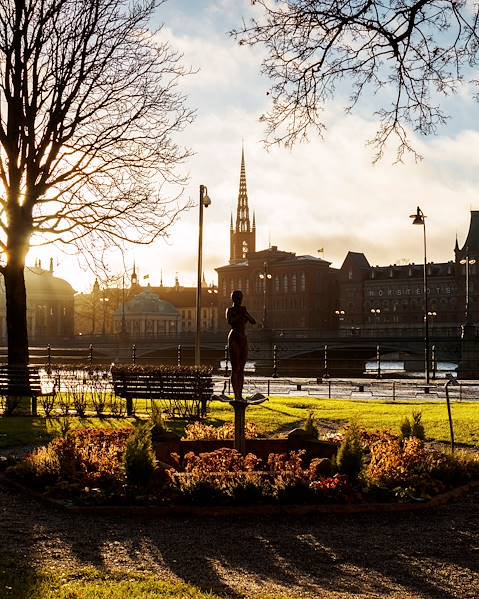Sweden is the fifth largest country in Europe and the largest in the Scandinavian bloc. It is nestled in Northern Europe, sharing a border with Norway to the west and Finland in the northeast, while its maritime neighbours are Germany, Poland, Russia, Lithuania, Latvia and Estonia. Sweden is lucky enough to enjoy 2,000 miles of breath-taking coastline, much of which is lapped by the Baltic Sea, adding to its diverse and dramatic landscape.
Sweden’s Capital
Sweden’s 25 provinces include the northernmost spectacle that is Lapland. This province extends well into the Arctic Circle and parts of it have been named a UNESCO World Heritage Site (confirming that it must be pretty incredible). Further north lies the country's capital of Stockholm, the most populous city in the Nordic region that is packed full of culture as well as being the political and economic hub of Sweden. This pretty city is spread across fourteen islands, all of which are included in the Stockholm archipelago.
Sweden’s Landscape
Sweden's landscape has a generous smattering of hills, mountains, lakes and streams, with the largest of the lakes being Lake Vänern which also happens to be an area of international importance for many bird species. The Geography of Sweden is very diverse and everything from tundra and waterfalls to glacial rivers and dense pine forests can be found here. To the west, near the Norwegian border, is the Scandinavian Mountain chain, which plays host to the highest peak found in Sweden. This peak, otherwise known as Kebnekaise, towers at a whopping 6,903 ft (about twice the height of the Burj Khalifa, the tallest building in the world) in height. All of which confirms that Sweden is a great spot for all things walking, hiking and trekking, and lovers of the outdoors alongside nature appreciators will likely find that this is the place that has it all. In fact, a staggering 97% of Sweden is uninhabited, meaning that nature fills much of the country and is just longing to be explored. Around a tenth of Sweden’s land is protected by national parks and nature reserves, and back in 1909, Sweden became the first country to establish a national park in Europe. Now 30 national parks and over 4,000 reserves strewn across Sweden’s landscape and all of these protected areas fall under Sweden’s Allemansratten, known in English as ‘The Right of Public Access’, which states that everyone has the right to roam and explore the beauty of the countryside. This means popular areas like Laponia, Fulufjället National Park and Kosterhavet National Park are all able to be explored.
Given the varying geography of Sweden, this snow-tipped gem also experiences an everchanging climate, so have a glance at the best time to visit to be sure you’re making the most of your Scandinavian adventure.
















